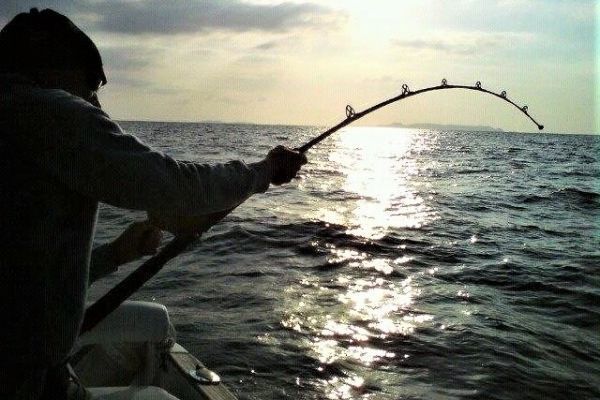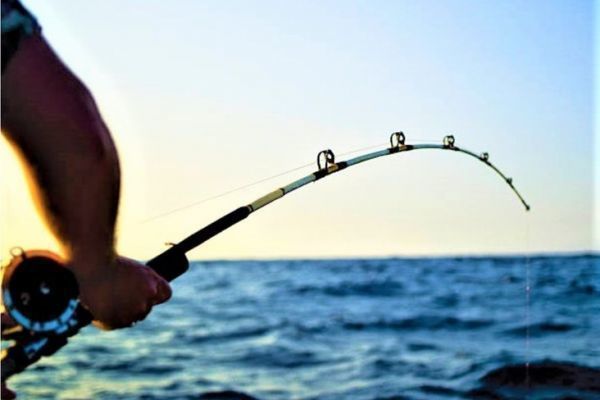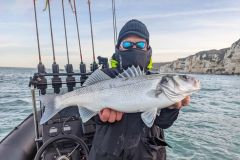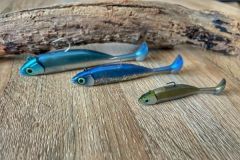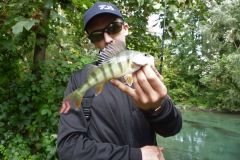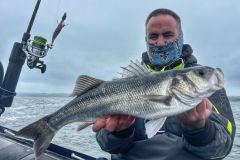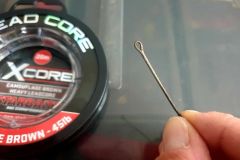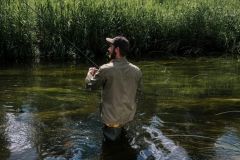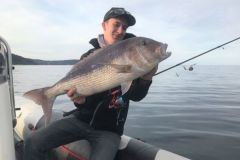Rods for light and heavy trolling
Concerning the rods, there are rods specially designed for trolling. We will find two main families of rods, those designed for light trolling and those designed for heavy trolling. The power of the rods is expressed in pounds and is indicated on the rod.
For example, for a rod with a power of 8/10 LBS, it is a rod which will be rather used for the coastal fishing where one will seek to target fish of small and average size like bass and makeup ereaux.
On the other hand, in the other family, for the heavy trolling, we will find rods with powers which will be much higher, from 50 to more than 80 LBS, to go to look for the big marine predators as the swordfishes, marlins, sharks or other tunas.
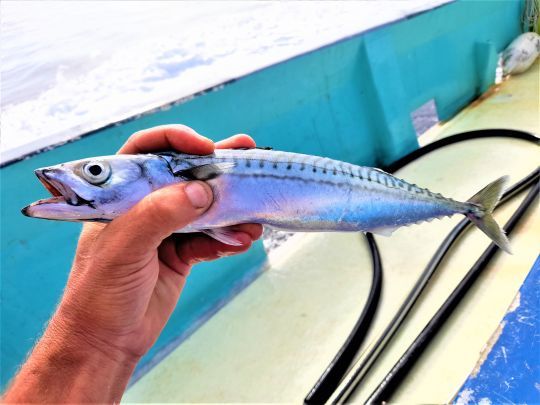
Choosing the right reel is crucial
Concerning the reels, it is important to adapt their size to the power of the rod.
For example, for a 20 LBS rod, I will use a 20 pound reel. Concerning the brake, we will find the star system of the reel on all the reels for light trolling.
For the offshore trolling, we will find the lever system which will be much more efficient.
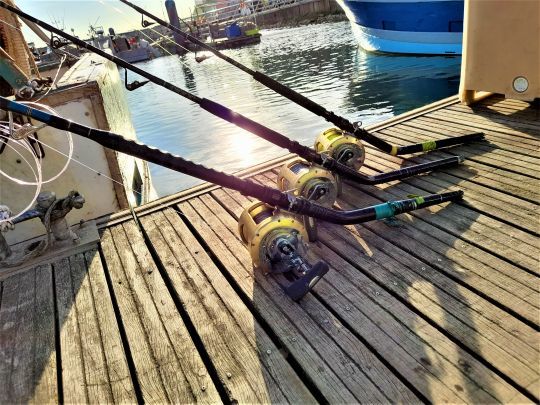
Choose nylon over braid
For the line, it is preferable to use nylon, because the elasticity of this one allows to absorb the impact during the touch with the fish and in a second time, to limit also the risk of stalling during the fight.
You must also choose your line according to the resistance of the rod and the brake of the reel, and of course the targeted fish. Then, to choose the nylon, it is very simple, for example for a reel of 30 LBS, I will choose a wire with a resistance of 30 LBS. This resistance is indicated on the spool.
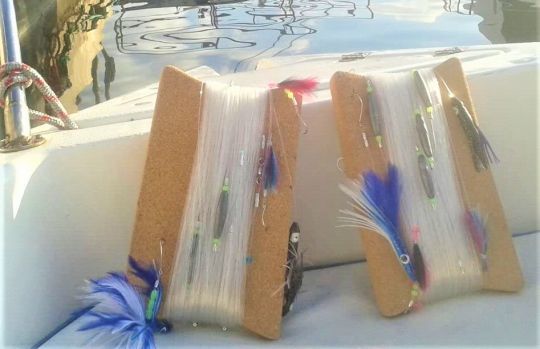
Different types of lures
For the lures, we will have the choice between different types. First of all, the surface lures as their name indicates, they will stay on the surface of the water. Then, we will have everything that is a bib swimmer fish or the length of this one will allow to have a swimming depth that will evolve. And finally, we will have all that is train of feather that we will easily associate either with a swimming fish with bib or with a spoon.
Another thing to consider is the speed at which to drag for light drags, we recommend dragging between 1 and 5 knots, and for heavy drags, we can drag at 5 knots and above.
